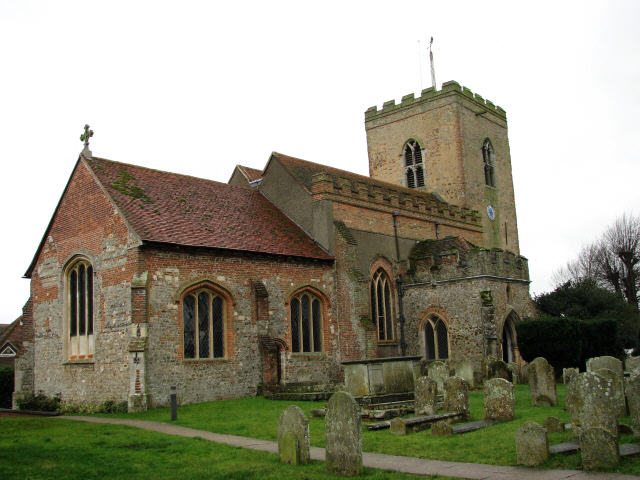Boreades wrote:Re Tomnadashan, it seems it was more than one person's Holy Grail:
Re the Holy Grenade of Antioch.
And the LORD spake, saying, "First shalt thou take out the Holy Pin, then shalt thou count to three, no more, no less. Three shall be the number thou shalt count, and the number of the counting shall be three. Four shalt thou not count, neither count thou two, excepting that thou then proceed to three.
Seems like the real thing has been found in the sea off Israel
Metal artifacts, the earliest of which are 3,500 years old, were recently presented to the Israel Antiquities Authority by a family that inherited them from their father who passed away ... Among the many artifacts is a hand grenade that was common in Israel during the Crusader, Ayyubid and Mamluk periods.
http://www.antiquities.org.il/article_e ... ubj_id=240


